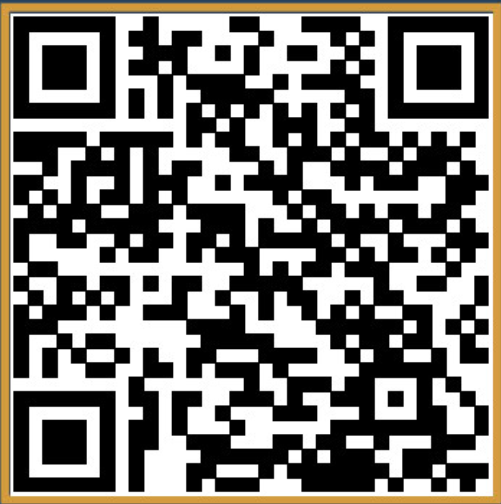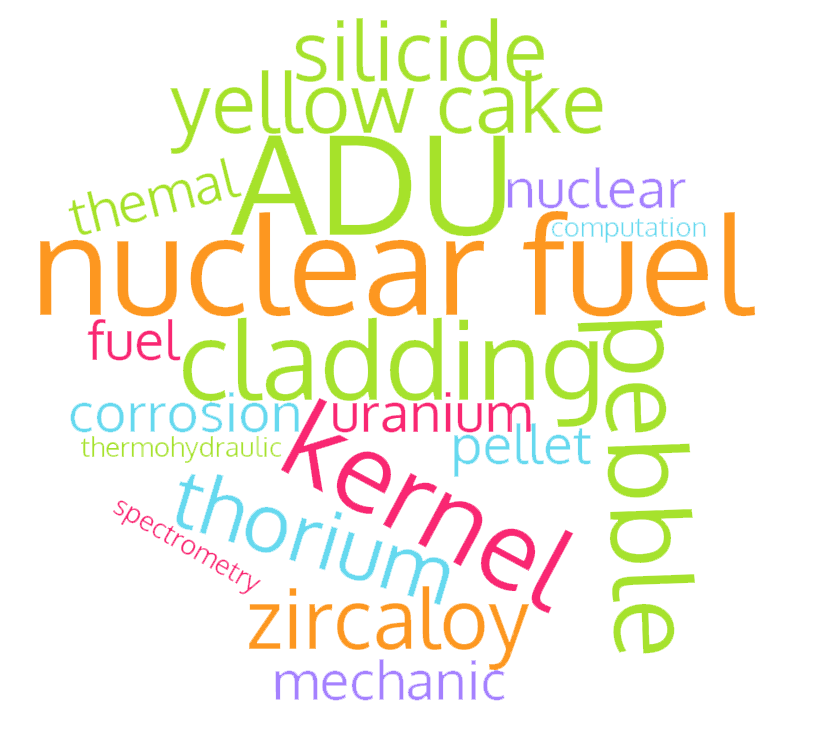GAMMA DOSE RATE ANALYSIS IN BIOLOGICAL SHIELDING OF HTGR-10 MWth PEBBLE-BED REACTOR
DOI: http://dx.doi.org/10.17146/urania.2019.25.1.4923
Sari
GAMMA DOSE RATE ANALYSIS IN BIOLOGICAL SHIELDING OF HTGR-10 MWth PEBBLE BED REACTOR. HTGR-10 MWth is a high-temperature gas-cooled reactor. The fuel and moderator are pebble shaped with a radius of 3 cm. One fuel pebble consists of thousands of UO2 kernels with a density of 10.4 gram/cc and the enrichment rate of 17%. The core of HTGR-10 MWth is the center of origin of neutrons and gamma radiation resulting from the interaction of neutrons with pebble fuel, moderator and biological shield. The various types of radiations generated from such nuclear reactions should be monitored to ensure the safety of radiation workers. This research was conducted using MCNP-6 Program package with the aim to calculate and analyze gamma radiation dose in biological shield of HTGR-10 MWth. In this study, the biological shield is divided into 10 equal segments. The first step of the research is to benchmark the created program against the critical height of HTR-10. The results of the benchmarking show an error rate of ± 1.1327%, while the critical core height of HTGR 10 MWth for the ratio of pebble fuel and pebble moderator (F:M) of 52: 48 occurs at a height of 134 cm. The rate of gamma dose at the core is 3.0052E + 05 mSv/hr. On the biological shield made of regular concrete with a density of 2.3 grams/cc, the rate of gamma dose decreases according to an equation
y = 0.0042 e-0.03x. Referring to Perka Bapeten no 4 of 2013, the safe limits for workers and radiation protection officers will be achieved if the minimum thickness of biological shield is 115 cm with gamma dose rate of 0 mSv/hour.
Keywords: Gamma dose rate, HTGR 10 MWth, biological shield, pebble
Teks Lengkap:
PDFRefbacks
- Saat ini tidak ada refbacks.
Penerbit: Pusat Riset Teknologi Daur Bahan Bakar Nuklir dan Limbah Radioaktif
Diindeks oleh:









